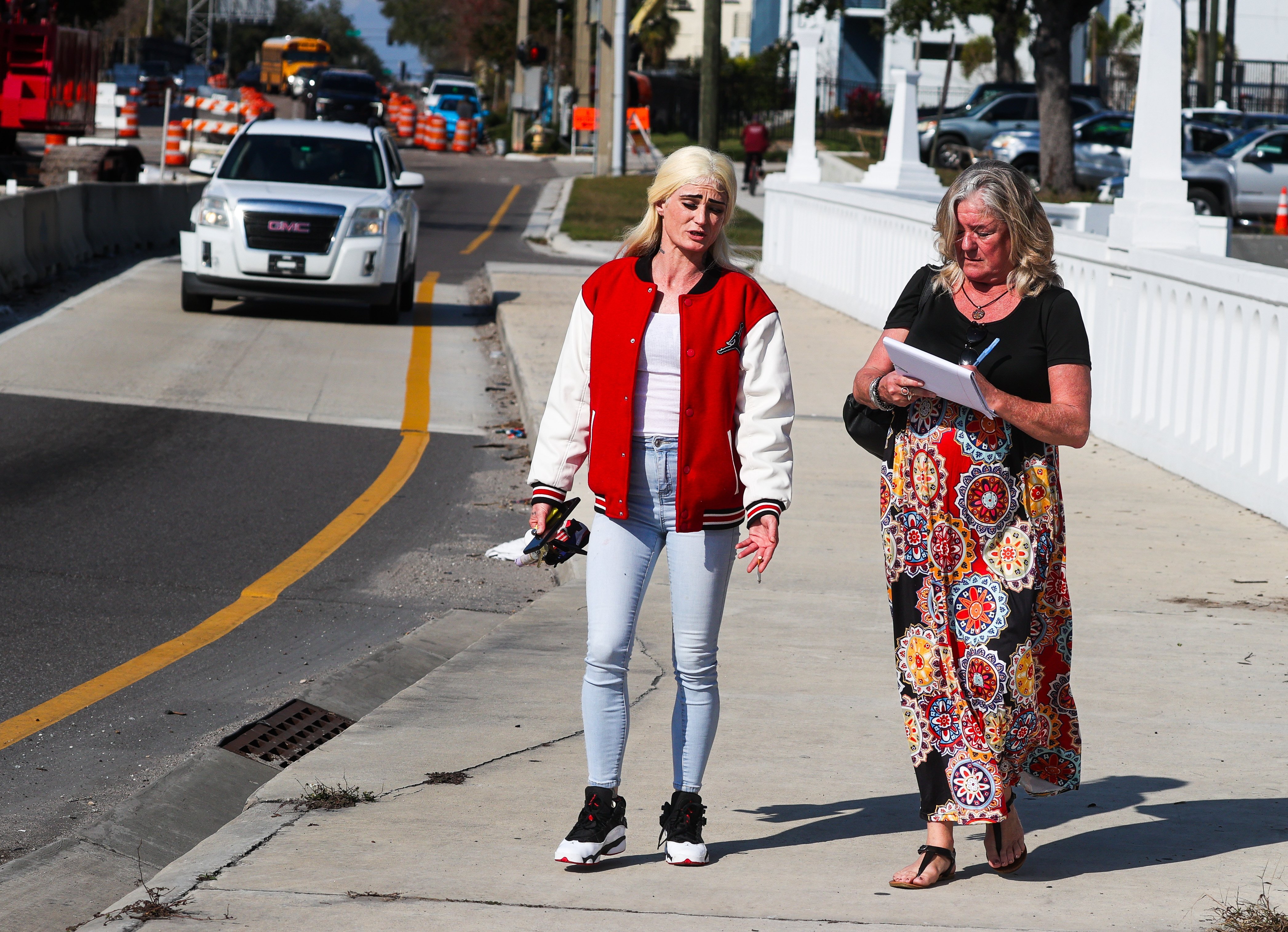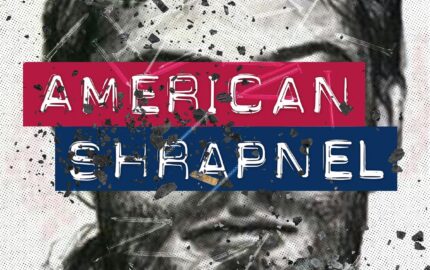This week on the Nieman Storyboard podcast, I'm excited to sit down with Lane DeGregory, the Pulitzer Prize-winning enterprise reporter for the Tampa Bay Times covering "hope and humanity."
DeGregory, whose work has been featured frequently on Storyboard over the years, is now celebrating 25 years at the Tampa Bay Times. She takes us through her process — from connecting with the community, to developing story ideas, and earning the trust of your subjects. She also reveals who inspires her work — from fellow journalists to musicians and songwriters.
[ Follow us in Apple Podcasts, Spotify, or your favorite podcast app. ]
DeGregory also hosts the journalism podcast WriteLane, and is the author of the 2023 anthology, "The Girl in the Window and Other True Tales: An Anthology with Tips for Finding, Reporting, and Writing Nonfiction Narratives."
The title story from that book, "The Girl in the Window," won the Pulitzer Prize for Feature Writing in 2009. DeGregory told the story of a girl named Dani who had suffered from severe neglect and was adopted by a new family. She returned to Dani's story ten years later, in 2017.
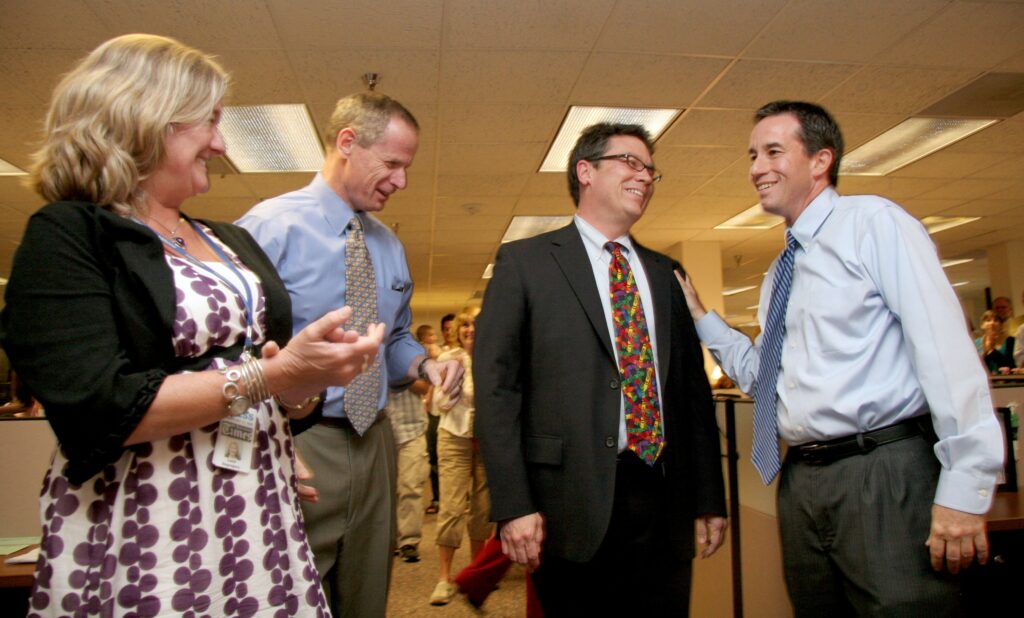
On staying with a local beat built over 25 years:
When my boys graduated and left home and I was empty nesting, I was like, ”Well, I can go anywhere I want. What do I want to do?“ And I couldn't imagine starting over sourcing in the community. I've never had a beat here; I've always been kind of like general assignment.
But I know somebody, in any institution, on any topic that you throw at me. I know somebody who knows somebody who can get me somebody, and that took 20, 25 years. It's nice to feel like I understand the place, where I am, and the people who I need to reach out to.
I love the Tampa Bay Times and, as you know, the industry has changed so much. And my job has changed too, but I get up in the morning, and I'm so excited about doing this every single day.
On applying the principles of storytelling to different work:
I think storytelling is storytelling, right? Whether you're doing a press release or you're doing PR for Procter & Gamble, or you're writing a novel or writing a song, I think that the elements of storytelling are still universal.
I think when people start, a lot of journalists don't think about their stories as stories. They think about it as providing information. So even the idea of, “Let me tell you a story” is not forefront in a lot of especially young news reporters' minds. It wasn't for me. It's a habit and a mindset to sort of go, “What kind of story can I tell with this information?” A news story, you're reporting on an event; a narrative story, you want people to kind of follow you along and see what happens.
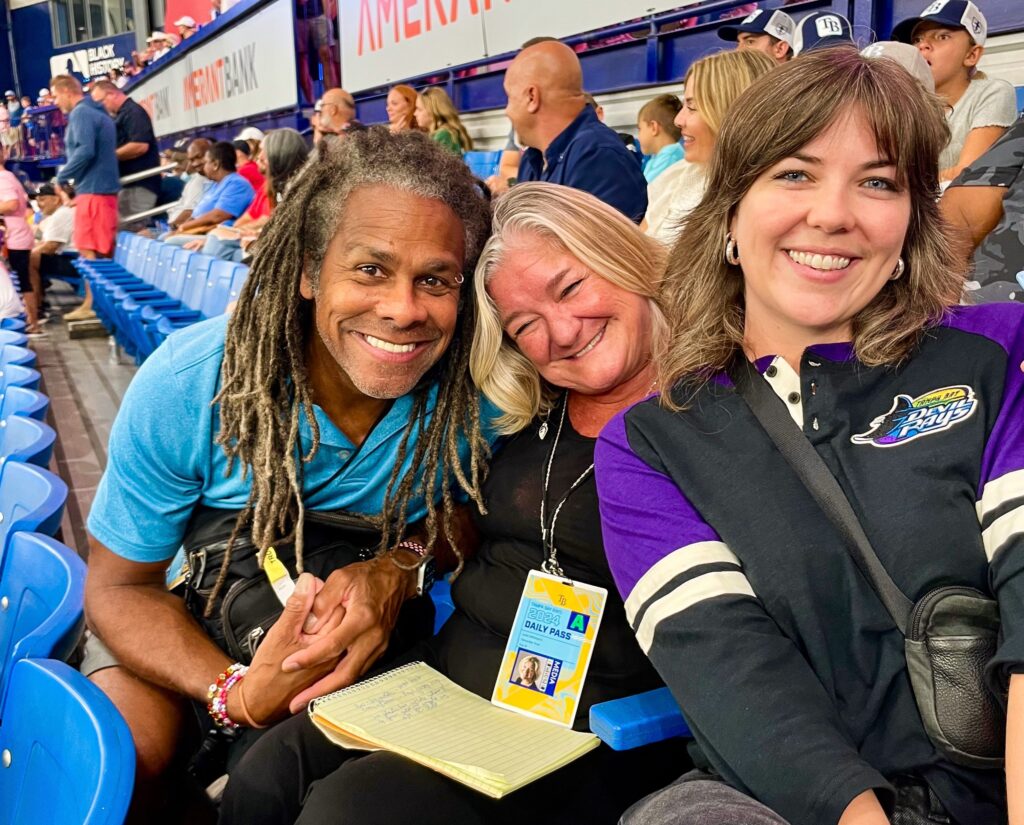
On balancing her story mix:
If I've written a bunch of really sad, meaty, important, weighty stories, then I go, “Can I go cover the State Fair?” You know, volunteer to go do something fun or happy. I wrote a story during the pandemic, one of my dumbest but funnest stories ever, about a clown, because I just wanted somebody to make me laugh when we were all reporting from our little home screens.
And so this clown, he couldn't go clowning at kids' birthday parties, so he was doing it virtually and you could Zoom with the clown for your kid's birthday party. And I got to watch him do this 9-year-old little girl's birthday party, and he kept bringing a rubber chicken in like over the top of the screen and up the bottom in their face. And it was hilarious.
It was like, probably 700-800 words at the most, but it made me laugh and I think it made some readers laugh.
On finding your own angle and way into the story:
I have a problem with, I either want to go really big, really deep — really long projects — or like spend a day, dive in, and get out of it. I have a short-range problem. I can't find those one-week, one-month-type stories — [and] that basically is what they want for Sundays now.
I think we're always waiting for the perfect story, and it's kind of like waiting for the perfect time to have a kid. It never happens. It never comes the way you really want it to, so I think being willing to take some [stories] that aren't necessarily exactly what you want to do, and figuring out what's the best thing you can do with that story.
Maria Carrillo, my old editor, used to ask: “What's the maximum story and what's the minimum story? What can you do if I turn you loose for a day? What can you do if I gave you six months?” I think a lot of times, you don't know that until you start reporting. You don't know that until you start trying to get your sources to let you in, or figure out what scenes you can cover. I usually ask at the beginning, “What's at stake?’ So that I know if there's a deadline for this person in the story, then maybe I can give myself that: ‘I'll hang out with you until that thing happens.”
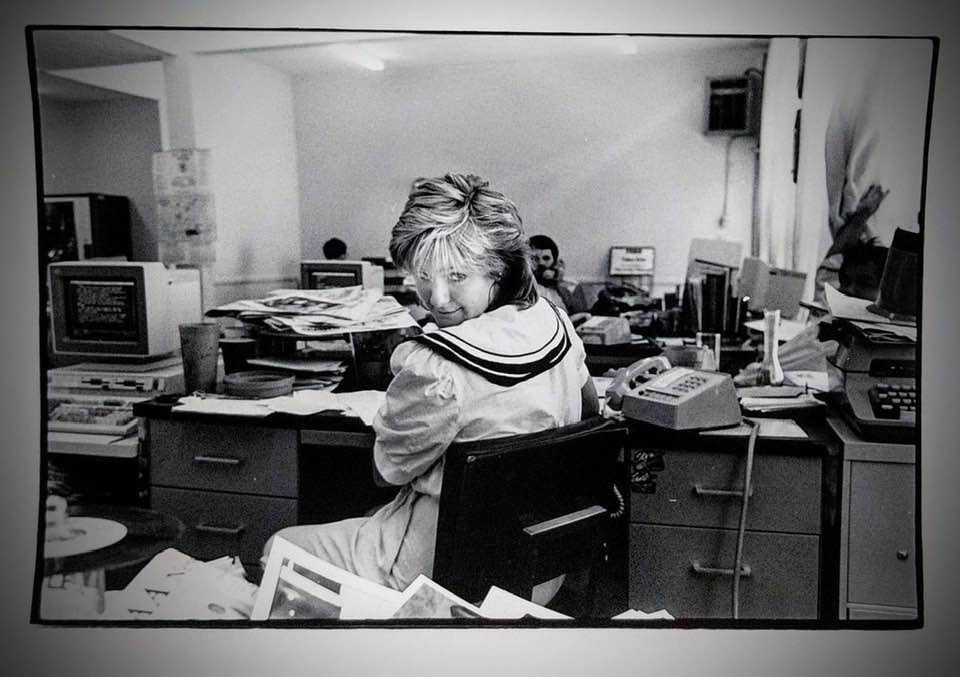
Reading & Listening List: Authors, Stories, Books and Artists Mentioned:
- "The Girl in the Window and Other True Tales: An Anthology with Tips for Finding, Reporting, and Writing Nonfiction Narratives" (Lane DeGregory, 2023)
- "The Girl in the Window" (Pulitzer Prize-winning story, 2008)
- "Telling True Stories" (Mark Kramer and Wendy Call, Nieman Foundation)
- Lane DeGregory at the Tampa Bay Times
- WriteLane podcast (Lane DeGregory and Maria Carrillo)
- "An annotated guide to narrative magic" (Madeline Bodin, Nieman Storyboard, 2023)
- "A letter to young journalists" (Lane DeGregory)
- Mike Wilson
- Neil Brown
- "In Florida, virtual clown dusts off his rubber chicken" (Lane DeGregory, 2020)
- Maria Carrillo
- "Stanley, a very good boy, saves other dogs’ lives as a blood donor" (Lane DeGregory, 2024)
- "The Girl in the Window, Ten Years Later" (Lane DeGregory, 2017)
- "In Pahokee, football serves as a way out" (Lane DeGregory, 2014)
- "Gulfport, like so many Tampa Bay communities, picks up Helene’s pieces" (Lane DeGregory, 2024)
- "Bird by Bird: Some Instructions on Writing and Life" (Anne Lamott)
- "In St. Petersburg, homeless people get an apartment, support – and a fresh start" (Lane DeGregory, 2024)
- "When 'I Do' became 'I don’t': A Florida love story in 11 podcasts" (Lane DeGregory, 2022)
- "Beneath a Fort Myers bridge, a captain longs to return to sea" (Lane DeGregory, 2023)
- "The aftermath of the Orlando nightclub shooting tests the courage of gay youth" (Lane DeGregory, 2016)
- Eli Saslow
- John Woodrow Cox
- Kelley Benham French
- Tom French
- John Prine
- Joni Mitchell
- Lucinda Williams
- Bob Dylan
- Neil Young
- Tedeschi Trucks Band
- JJ Grey & Mofro
Show Credits
Hosted and produced by Mark Armstrong
Episode editor: Kelly Araja
Audience editor: Adriana Lacy
Promotional support: Ellen Tuttle
Operational support: Paul Plutnicki, Peter Canova
Nieman Foundation interim curator: Henry Chu
Music: “Golden Grass,” by Blue Dot Sessions (www.sessions.blue)
Cover design by Adriana Lacy
Nieman Storyboard is presented by the Nieman Foundation for Journalism at Harvard.
***
Subscribe to Storyboard
Get insights into the craft of journalism and storytelling in your inbox, delivered on Fridays.
